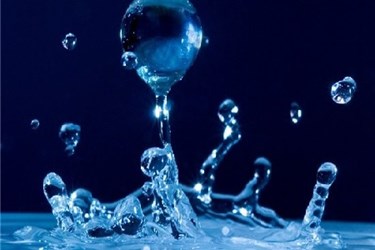How The Food Manufacturing Industry Is Addressing Growing Concerns Of Water Shortages
By Isaac Fletcher, contributing writer, Food Online

Water is not only essential for life; it is also a critical component for many food and beverage processing operations. As water scarcity worsens, companies need to explore better, more efficient ways to use water.
Due to an increasing public awareness that water is a limited resource, policymakers and scientists are working toward the development of methods to reduce water usage in food production and foster a safe ocean habitat for future fish and seafood supplies.
Only a small portion, less than 3 percent, of the world’s water is fresh, and to complicate matters further, only nine countries — Brazil, Canada, China, Colombia, the Democratic Republic of Congo, India, Indonesia, Russia, and the U.S. — contain roughly 60 percent of available fresh water. Shifts in global climates and expanding populations are putting additional stress on regional water supplies. With this in mind, it is becoming increasingly more important to improve water efficiency in agriculture processes. According to the Institute of Food Technologists (IFT), about 70 percent of all water use can be attributed to agriculture activities.
Arjen Hoekstra, founder of the Water Footprint Network, states, “I think we are in a very early stage of the water scarcity debate. We still really need to do something because the water footprint is increasing.” Hoekstra coined the term “water footprint” in 2002 as a way to describe and compare how much water is used for various processes. “The fact that companies are talking about it is positive,” he adds, “[But] in the end you have to recognize that talking doesn’t change the world.”
Some companies are already taking steps toward reducing their water usage in the face of scarcity. Nestlé, for example, is introducing water-saving initiatives in many of its plants that are located in California where water shortage has become a major issue for consumers and food producers alike. Nestlé plans on bringing new technologies and practices to California, expecting to save an additional 144 million gallons of water each year. The company has also explored water-saving solutions at other facilities, such as its Cero Agua factory in Mexico.
As water scarcity continues to be a growing concern, water-saving practices and initiatives will become more and more important across the food and beverage manufacturing industry.
